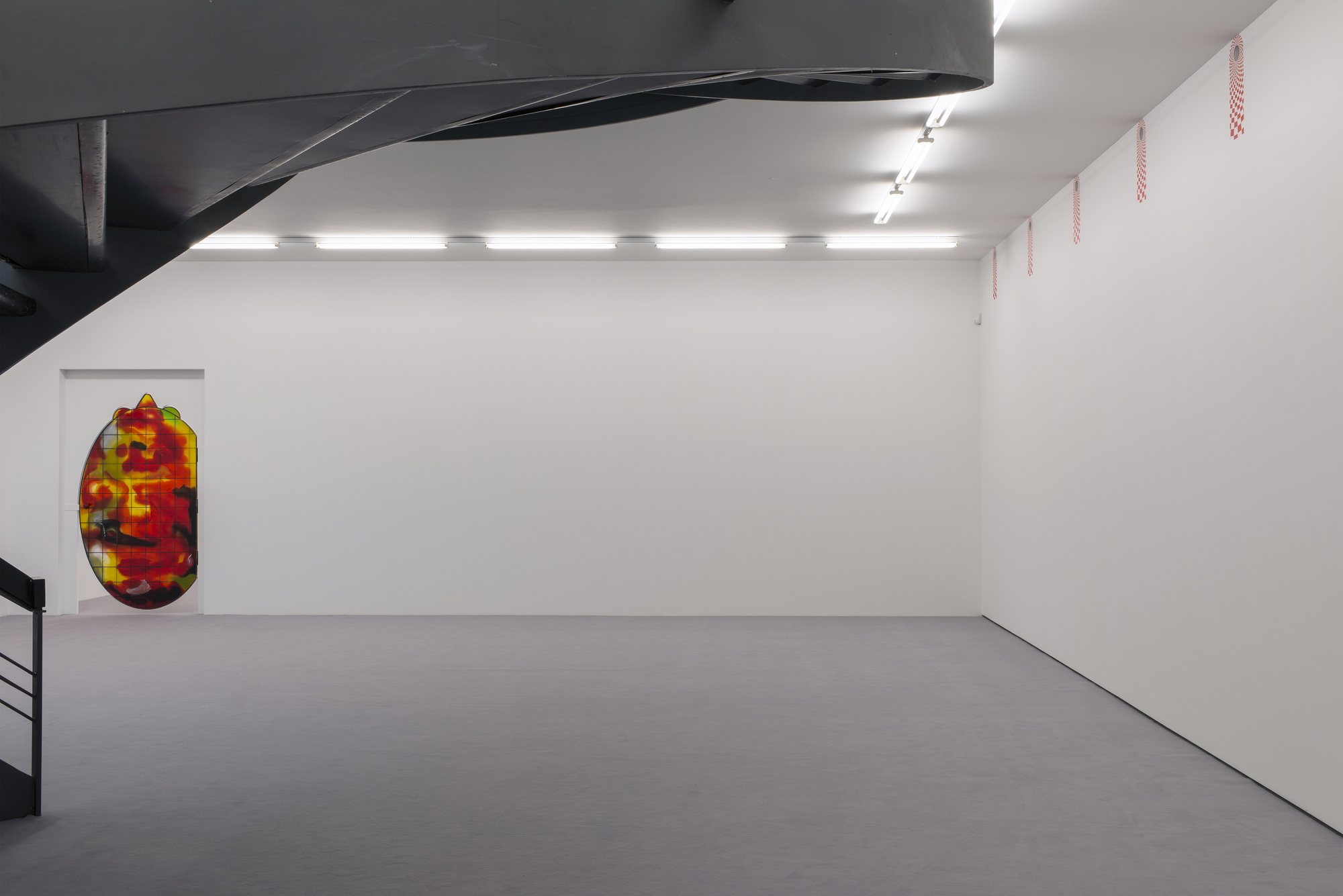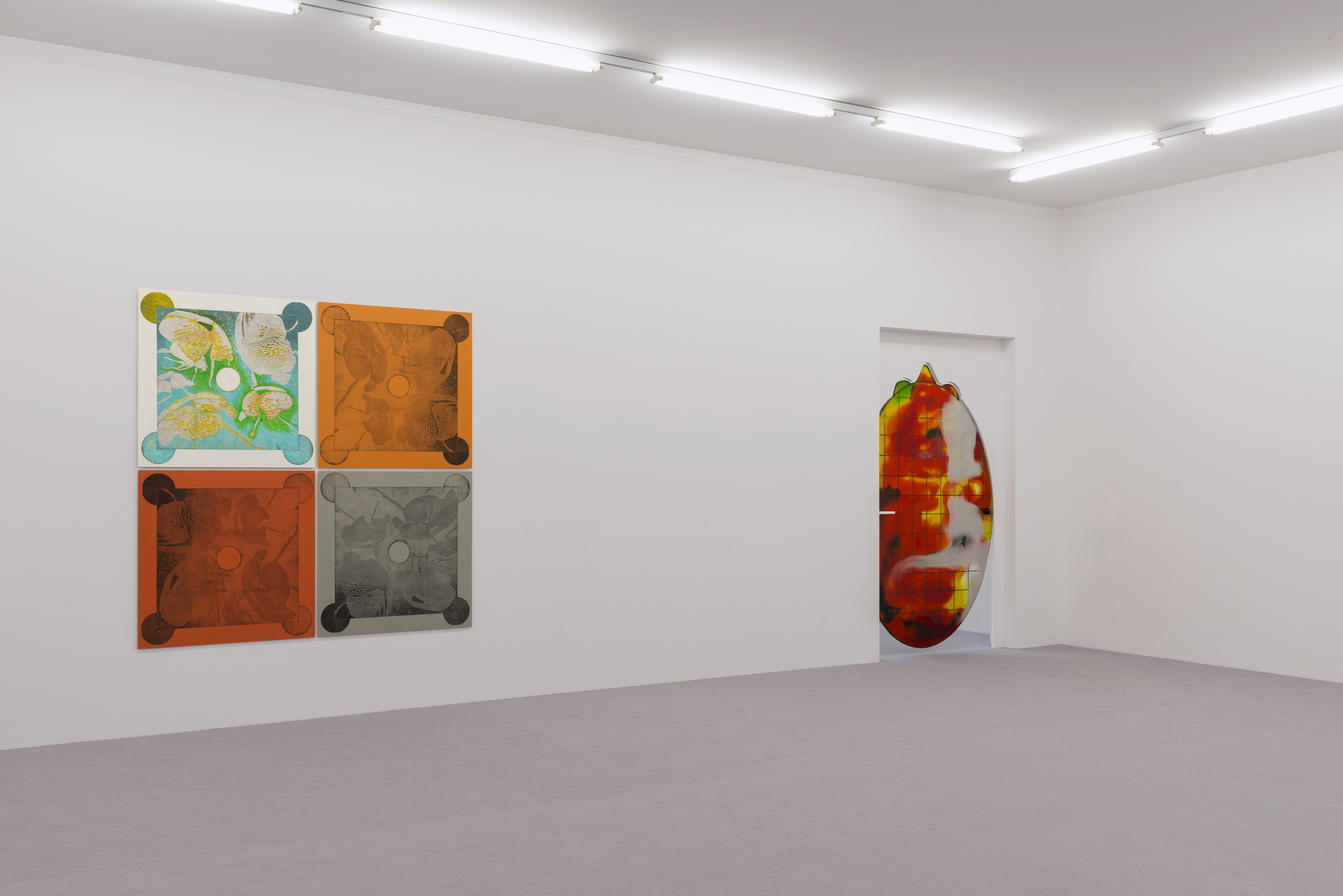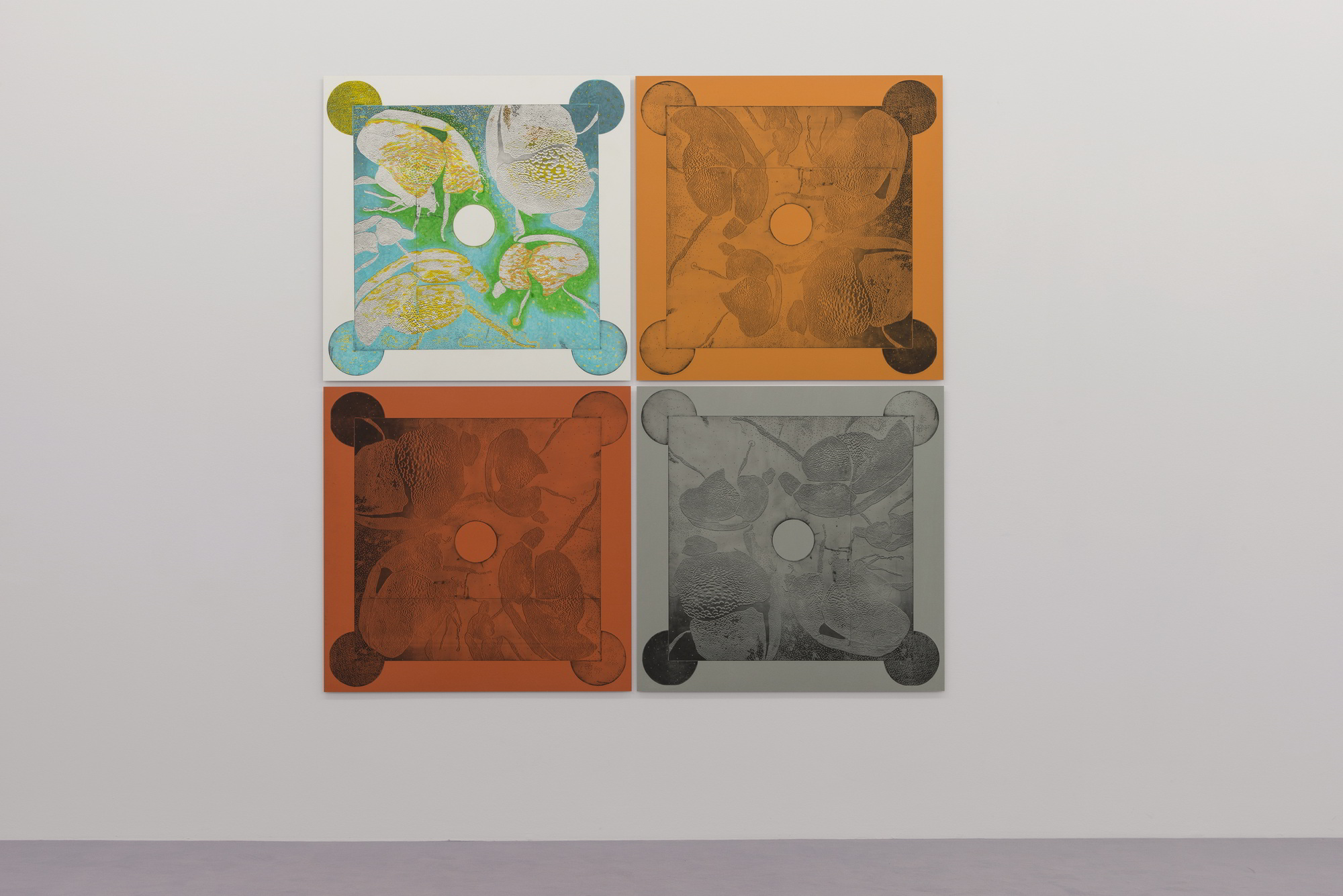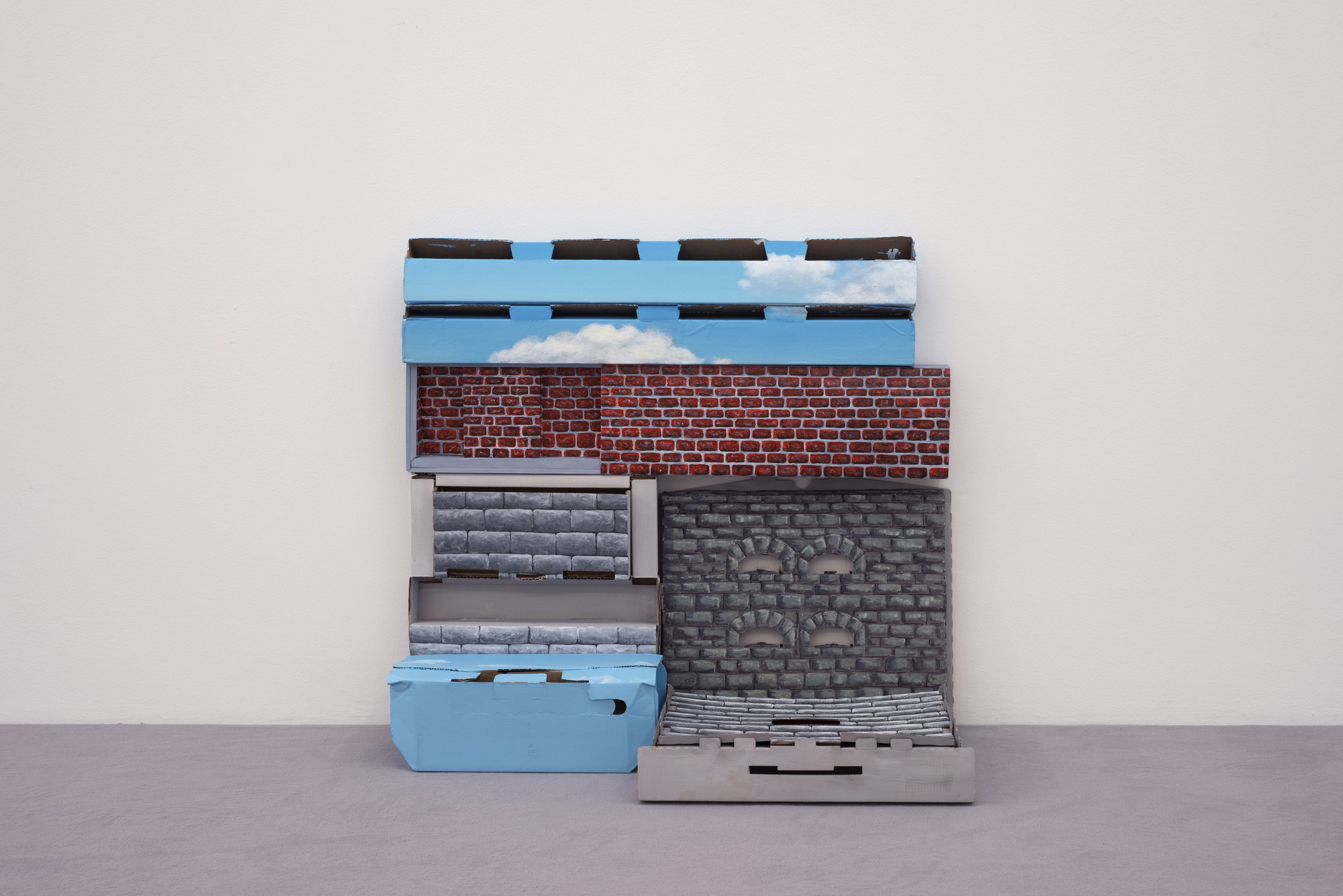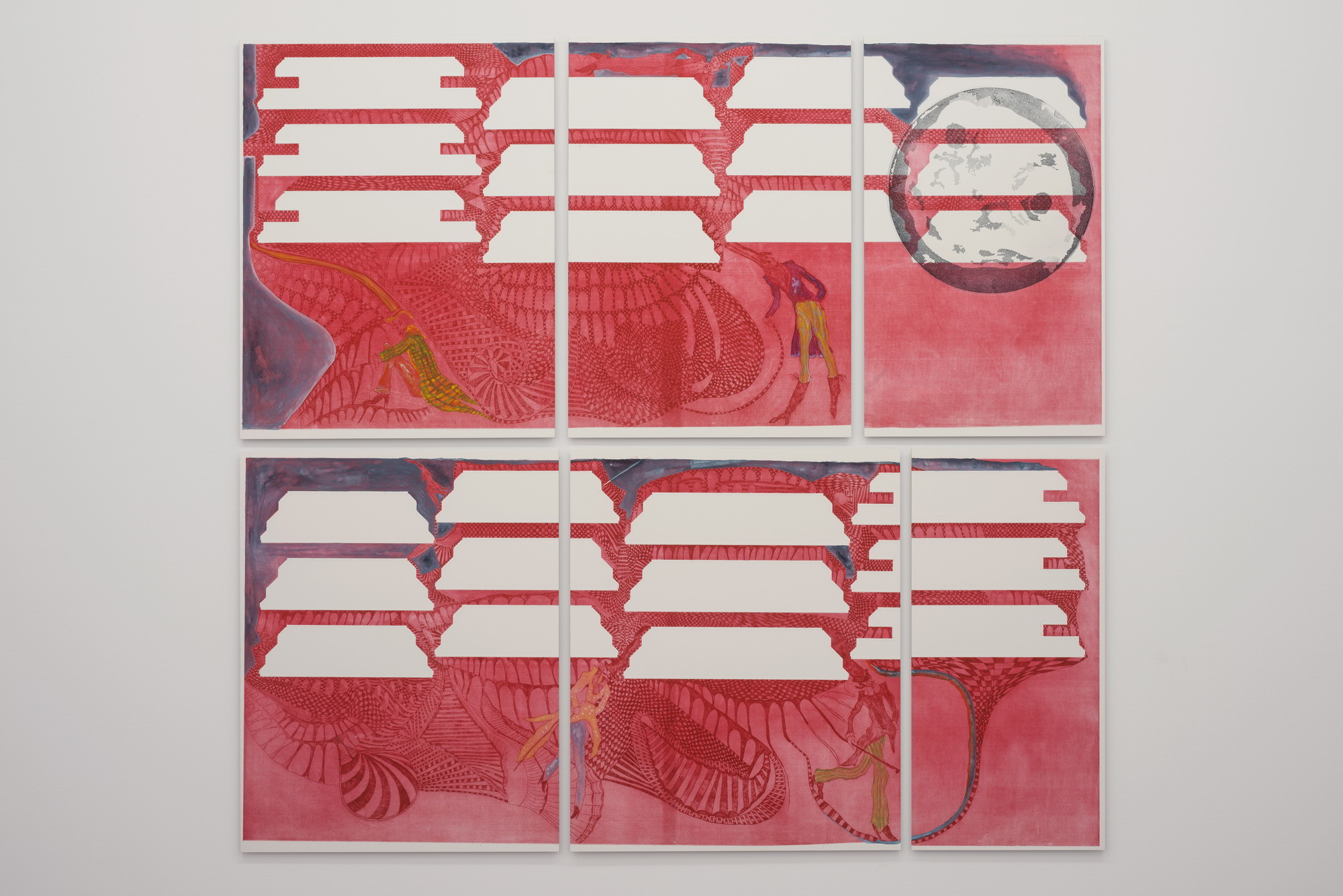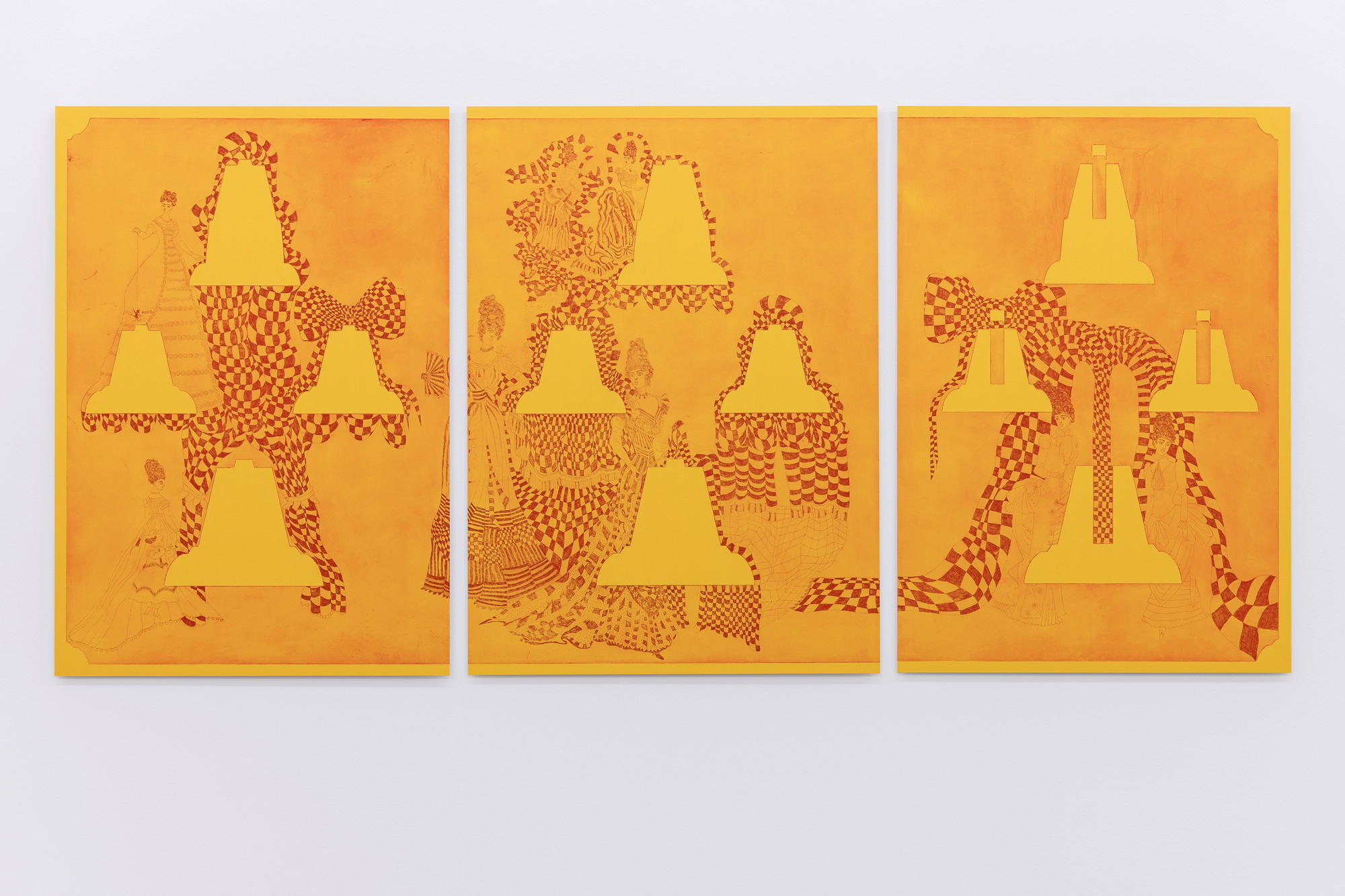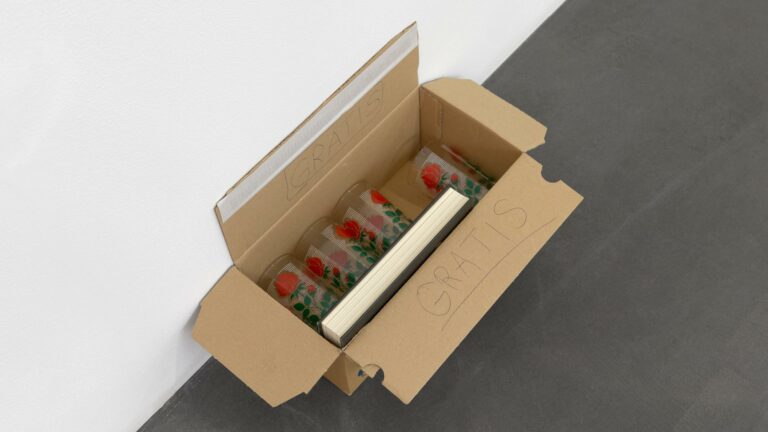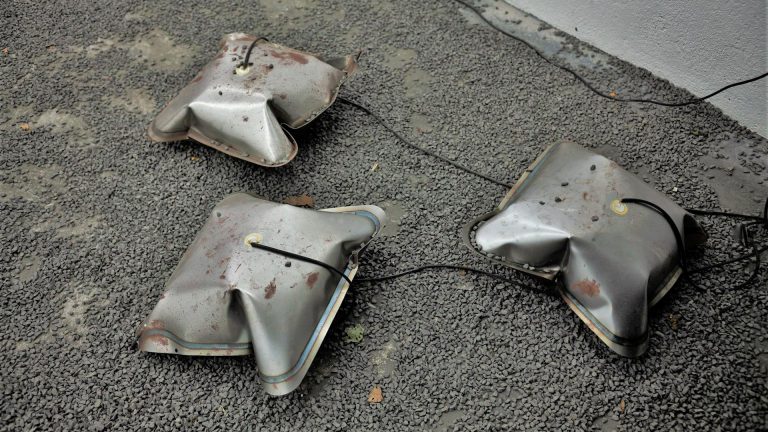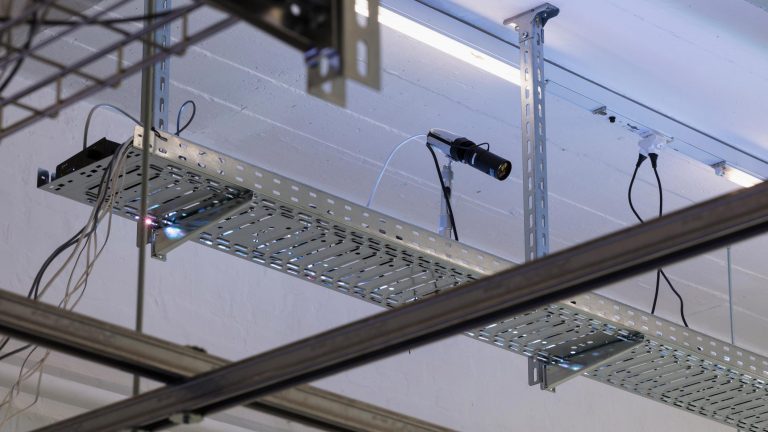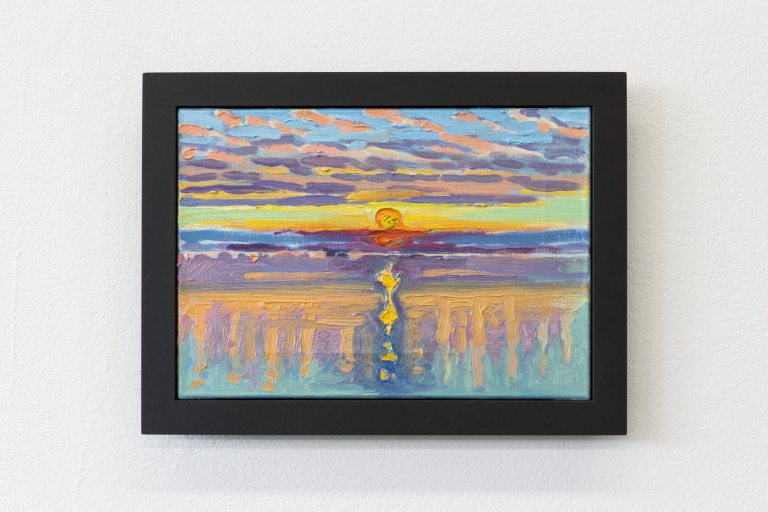Artist: Cédric Eisenring
Exhibition title: 2018 Manor Art Award Aarau
Curated by: Yasmin Afschar
Venue: Aargauer Kunsthaus, Aarau, Switzerland
Date: January 27 – April 15, 2018
Photography: all images copyright and courtesy of the artist and Aargauer Kunsthaus
Cédric Eisenring (b. 1983) creates visual narratives in his works using materials from high and low culture. In his distinctive pictorial world we encounter set pieces of industrial production and remnants of everyday urban life as well. The artist, who has roots in the Canton of Aargau, is the recipient of the 2018 Manor Art Award Aarau, which provides the occasion for a solo exhibition at the Aargauer Kunsthaus.
Central to the work of Cédric Eisenring (b. 1983) is the question of narrative: he explores the narrative potential of image-producing media such as printing, drawing, sculpture, and installation. In doing so, he frequently resorts to material from high and low culture which he then develops into new visual narratives. Fantasy, science-fiction, and fairy-tales serve as a visual resonance board. At the same time, we encounter set pieces of industrial production and remnants of everyday urban life in the distinctive pictorial world of Cédric Eisenring.
Especially important in Cédric Eisenring’s current work is the exploration of classic printing techniques. In the exhibition at the Aargauer Kunsthaus the artist is showing several new print series. These are characterised by serially arranged blank forms which are surrounded by proliferating drawings of knights, Rococo ladies, dream catchers, gold beetles, as well as geometric -abstract ornaments. For these highly detailed works on paper the artists resorts to techniques such as etching, drypoint, and heliogravure. The images are usually generated from computer drawings which he then transfers onto the printing plates. These plates are of industrial origin: Cédric Eisenring especially gathers scraps and offcuts from metal manufacturing operations, in order to appropriate them for his artistic practice. Serially arranged empty moulds are typical of such plates and may have the shape of, for example, bells, keys, or rather schematic and technoid-looking clouds. The related positive moulds have long been absorbed into subsequent industrial production operations and manufactured into appliances and components, refrigerators, vent covers, and ticket vending machines. The negative forms, however, remain as waste: remnants of industrial production which are accorded an afterlife in Cédric Eisenring’s imagery. They serve as the ground for gravures and etchings which are printed two-sided, and in different variations, on paper and subsequently coloured with coloured pencil and watercolour.
The various packaging materials Cédric Eisenring collects and paints (or has others paint) in a naturalist manner with rock and cloud formations in the style of René Magritte, the surrealist, are likewise remnants of the everyday consumption of goods. Cardboard boxes, some of them quite complex in terms of structure, are transformed into makeshift architectures by Eisenring; stacked and arranged in groups, they even expand to form small urban structures.
At the Aargauer Kunsthaus, the artist uses deliberate spatial interventions to create an overall presentation in which each of the individual works invariably also points beyond itself to a superimposed story. The latter flashes dimly within the web of relations among the works: between the creatures, ghost forms, and textures populating the works on paper, as well as among the small wall paintings along the air vents in the exhibition spaces or the cardboard objects. Doors with the contours of heads symbolise the transition into the environment as which the narrative is staged. Semi-transparent and made of metal and coloured epoxy resin, they hang in the passages between the galleries and challenge the habitual space perception at the museum. Figuratively as well as factually, they mark the entry into the sphere of fictionality which, by dint of the works’ visual and material presence, is at the same time very much real.
Cédric Eisenring is the recipient of the 2018 Manor Art Award Aarau, which provides the occasion for a solo exhibition at the Aargauer Kunsthaus.
A Commitment to the Young Swiss Art Scene
One of the most important advancement awards for contemporary art in our country, the Manor Art Award was established in 1982 by Philippe Nordmann to offer a platform for young Swiss artists. Every year, a jury of experts awards it six Swiss cities, with Aarau, Basel, Biel, Chur, Geneva, Lausanne, Lugano, Lucerne, Schaffhausen, Sion, St. Gallen, and Winterthur alternating every two years. A look at the list of award recipients reveals that the Manor Art Award has contributed to the international breakthrough of a whole slew of artists, including Luciano Castelli (1984 Art Award Lucerne), Marie José Burki (1993 Art Award Geneva), Pipilotti Rist (1994 Art Award St. Gallen) and Lena Maria Thüring (2013 Art Award Basel).
The presentation of the award to Cédric Eisenring will take place during the exhibition opening on Friday, 26 January 2018. The award not only comes with an exhibition as well as an accompanying publication.
Cédric Eisenring was born in Basel in 1983. He studied visual arts and photography at the Zurich University of the Arts. Today he lives and works in Zurich.
Selected Solo Exhibitions: Schmierige Nebel , Galerie DREI, Cologne (2017); Dama, Palazzo Sauzzo di Paesana, Turin (2016); Die Gelben Pforten, Coalmine, Winterthur (2015); sub, MUDA MURA MURI, Zürich (2014); Elephant and Castle, Winterprojects, London (2013); King Shrimp and the Apron of the Universe, New Jersey, Basel (2011)
Selected Group Exhibitions: Kampus der Kröten, Oslo 10, Basel (2016); Signal Failure, Pace Gallery, London (2015); Turibulum Game Plan, with Mathis Gasser, Gallery Lychee One, London (2015); Occasional Table #1: Chora, Nottingham (2014); Status, Fotomuseum Winterthur (2012); Auswahl 11, Aargauer Kunsthaus, Aarau (2011); Chaos as Usual, Kunsthalle Bergen (2011); Torso Multisala, Kunsthalle Charlottenborg, Copenhagen (2011)
Selected Awards and Grants: Studio Grant of the City of Zurich in New York 2018; Studio Grant of the Aargauer Kuratorium in Berlin 2017; Studio Grant of the Canton of Zurich in Paris 2016; 2012 NAB Advancement Award for Young Art


